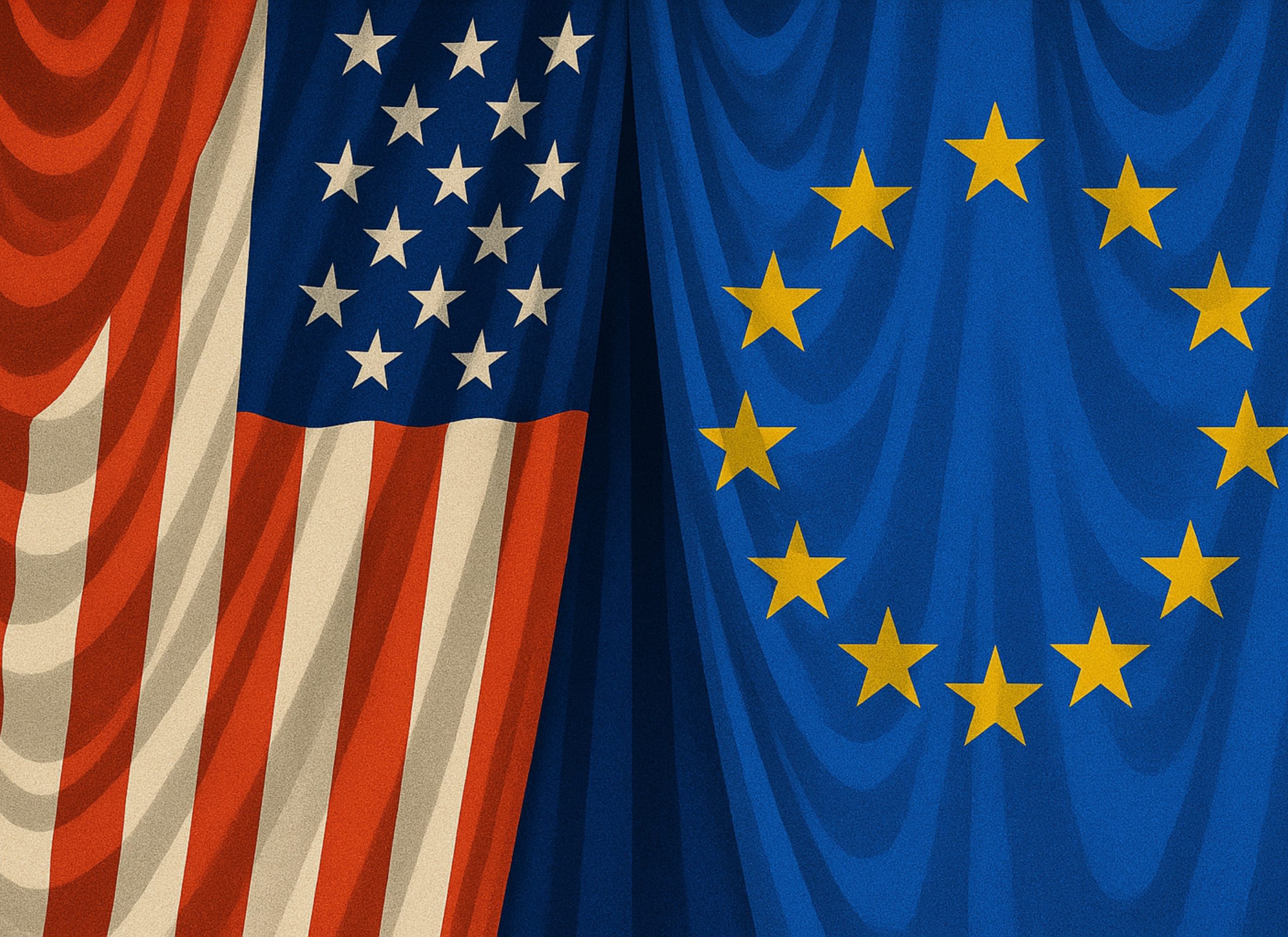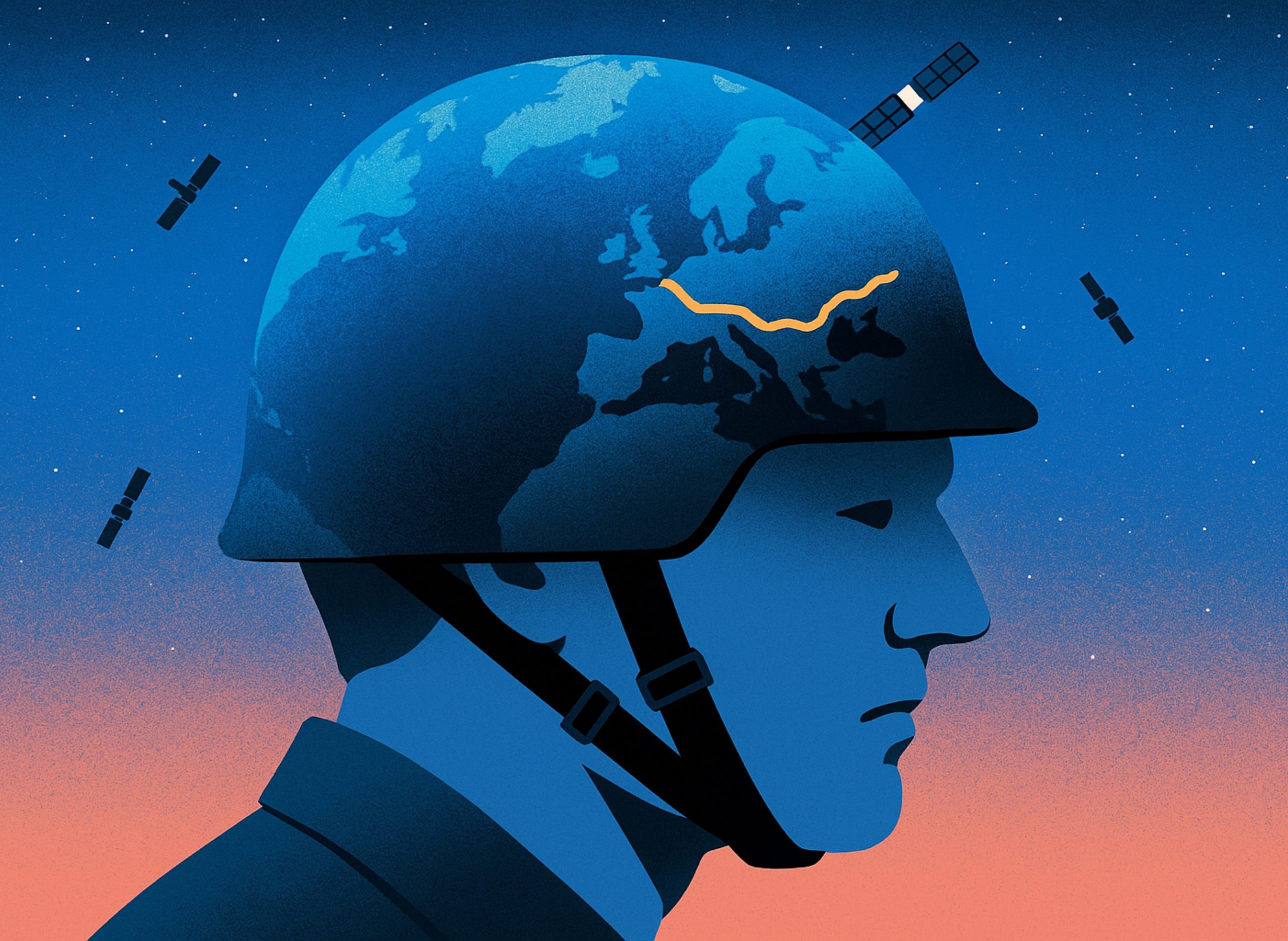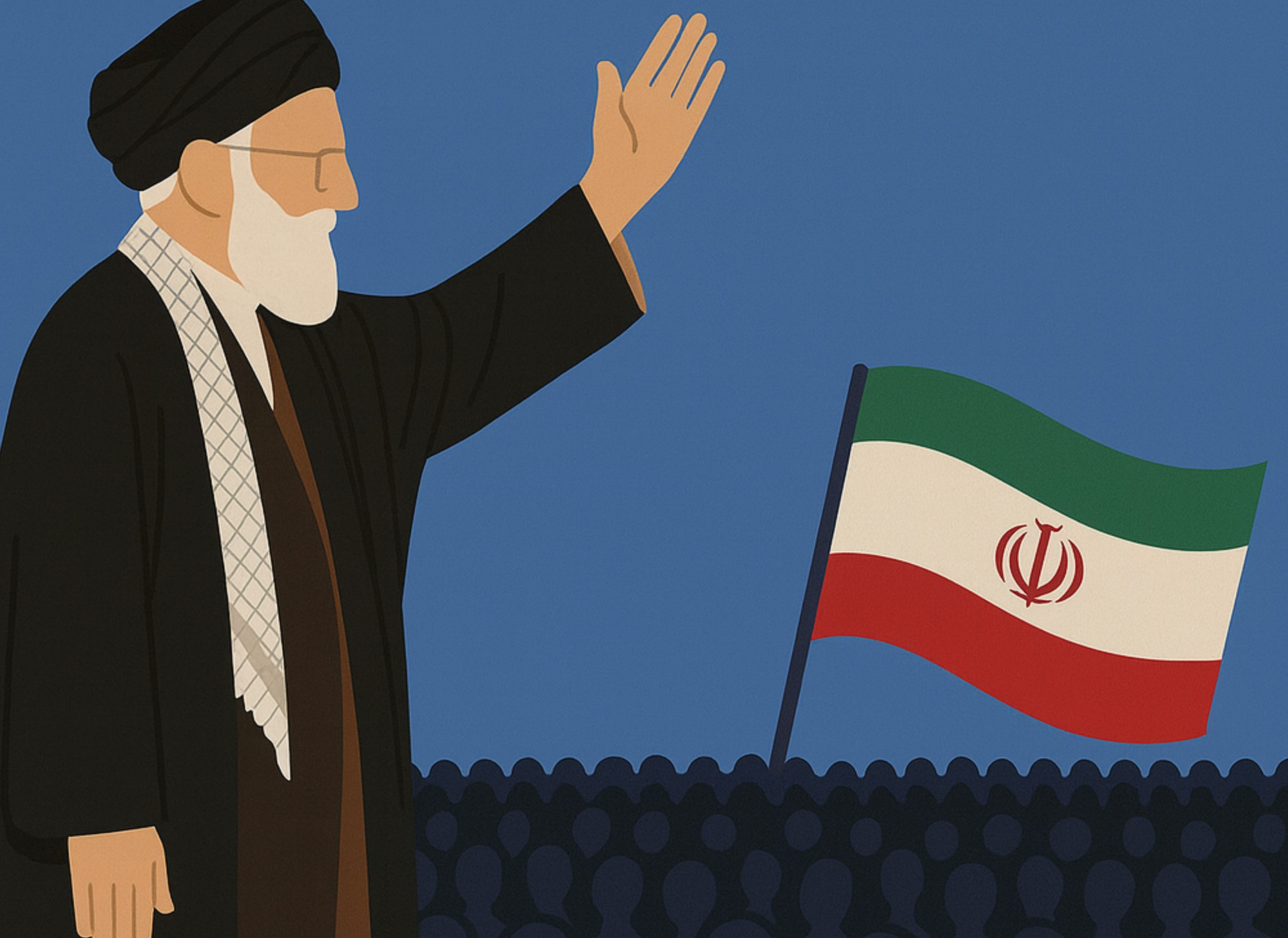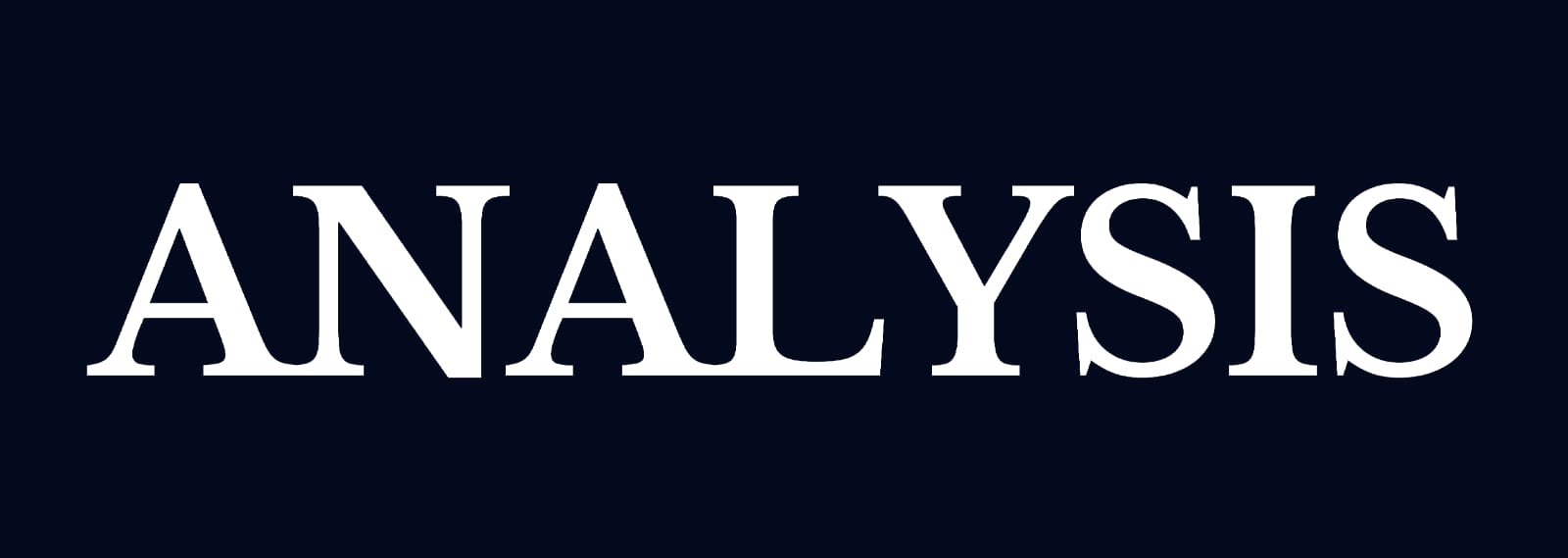
Foreign Policy Challenges for Modi 3.0
Modi’s leadership focuses on strengthening India’s global role through diplomacy, partnerships, and addressing major challenges.
By | Shagun Thapliyal,
OCTOBER 02, 2024 | 01:41 PM
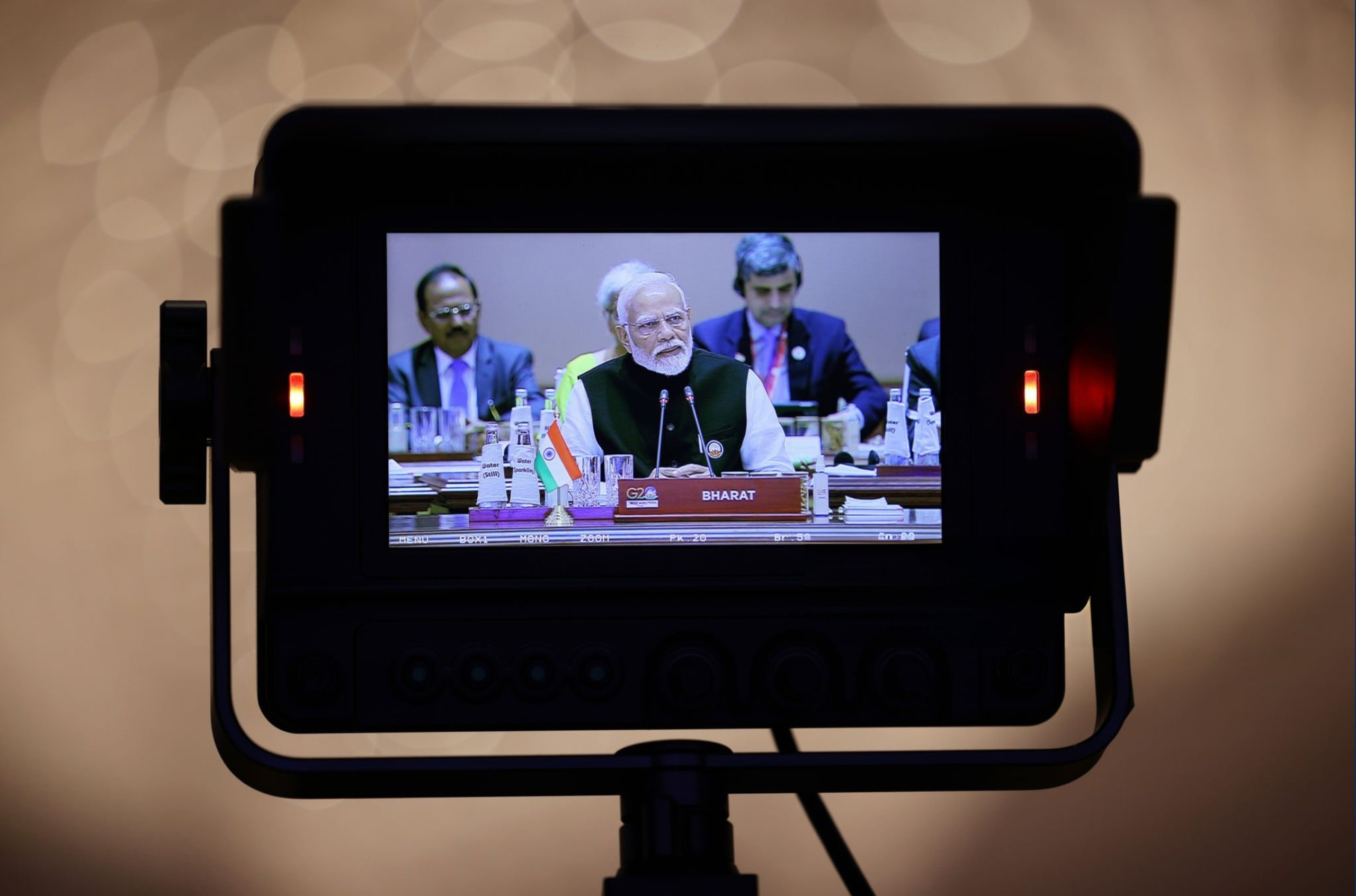
India’s Foreign Policy has experienced a tremendous change under the leadership of Narendra Modi and his foreign ministers, Sushma Swaraj and S. Jaishankar. Under the current government, India has become a proactive leader and collaborator within the new global order, as well as a major voice of the Global South. However, with turbulent conflicts and challenges across the world creating a sense of uncertainty, we will explore the current challenges for New Delhi and how they will navigate their policies in the foreseeable future.
Stormy Neighbourhood: A Need for Stable South Asia
The region of South Asia is experiencing a turbulent political climate with the fall of Sheikh Hasina’s government in Bangladesh, political instability within Pakistan, the Taliban’s rule in Afghanistan, Maldives’ strong tilt towards China, and Nepal’s constantly hedging nature. Though Sri Lanka has been focusing on its economic recovery following the financial crisis of 2022, it will be a wait-and-watch situation over the new leadership under the government led by newly elected president Anura Kumara Dissanayake.
Multilateralism in the region has been weak with the silent death of SAARC after the cancellation of the 2016 summit due to the terror attacks in Uri. However, there have been calls for the revival of SAARC by Muhammad Yunus, the chief advisor of the Bangladeshi Interim Government. Still, the possibility remains slim with the existence of unstable elements within the member countries. India has switched its focus to other effective forums such as BIMSTEC and the sub-regional grouping of BBIN to work on regional matters and create bridges with Southeast Asian countries like Thailand, Indonesia, and Malaysia. The changing political climate in South Asia has been unpredictable, and with new leaders coming up at the helm of affairs, India will focus on fostering ties based on cooperation and coordination.
Cold War with China
The ties between India and China are at rock bottom. The border tensions from the 1962 war to the present-day border clashes have created a sense of distrust between the two countries. India took a stance to protect its national interests and combat malpractices in data collection through a blanket ban on more than 200 Chinese mobile apps, including mega social media platforms TikTok and Weibo.
Air travel between the two countries has also been unofficially suspended since the start of the pandemic, and apart from limited engagement in multilateral forums like SCO, ARF, and G20, there is no form of direct interaction between them. This contention has extended into a labyrinth of geopolitical engagements in Southeast Asia and Africa, where both nations compete to become the critical partner of the region.
The Belt and Road Initiative (BRI) has been one of the contemporary areas where India has voiced criticism over the unfavorable financial structures and the possibility of poor countries being engulfed in debt traps. This became a reality in 2015 with the 99-year-long lease of the Hambantota Port by the Sri Lankan government due to the failure of debt payments. Most projects in South Asia have run into uncertainty or huge delays, such as the CPEC in Pakistan, where internal threats have disrupted its progress.
Though India has joined similar initiatives such as Build Back Better World (B3W) and the India-Middle East Corridor (IMEC), their status remains uncertain due to the ongoing tensions in the Middle East. India’s participation in multiple forums gives it an edge over China, as India has strong and stable ties with the US, Russia, as well as other countries in the Global South.
Navigating over the Indo-Pacific: Securing the Seas
Indo-Pacific has become the new global hotbed for trade, economic growth, and conflicts. The South China Sea and the Indian Ocean are crucial linkages for the West to connect with emerging economies and markets. China’s claims within the South China Sea, based on the nine-dash line, have become a thorn in its ties with various Southeast Asian nations. Countries like Vietnam and the Philippines have tilted towards the US with their extensive involvement in the defense sector and the re-establishment of military bases in the Philippines after a period of more than 30 years. The potential invasion of Taiwan by China also remains a critical concern for the US and its allies, especially South Korea and Japan, which have led to increased defensive engagement as well as the strengthening of other groupings like AUKUS and ANZUS.
Though India is not a direct party to either of these conflicts, it could become involved if there is serious aggression on its borders, especially in Jammu and Kashmir and Arunachal Pradesh, where China has made claims. India has been expanding its defense and strategic ties with the US, particularly through agreements like COMCASA (Communications Compatibility and Security Agreement) and LEMOA (Logistics Exchange Memorandum of Agreement). India is also expanding its defensive capabilities through the procurement and development of military technologies.
India is also concerned about the challenges in the Indian Ocean Region (IOR), as it lies at the center of crucial trade routes, making it important to secure the region from various threats. The SAGAR framework has become a critical platform for maritime cooperation in the region and to counter China’s presence, especially in ports like Gwadar (Pakistan) and Hambantota (Sri Lanka).
Balancing the Competition
India is no stranger when it comes to balancing between dominant powers, whether it was the Cold War-era race between the US and the USSR or the current tensions between the US and China. However, the difference in this era is the prominence of several middle powers like Japan and Saudi Arabia, and the need for minilateral partnerships. India is part of several multilateral organizations such as BRICS, QUAD, I2U2, and SCO, and is also a dialogue partner with groupings like ASEAN, PIC, etc. India needs to balance itself on various fronts, including dealing with vocal criticisms of its neutral stances on ongoing global crises.
India’s Indo-Pacific strategy emphasizes cooperation and engagement with various partners, especially within multilateral frameworks. However, a problem arises when dealing with groupings like ASEAN, where countries have differing views on China. For example, Cambodia and Laos are closely aligned with Beijing, while the Philippines and Vietnam are actively working with the US, and the remaining members focus on balancing between the two major blocs.
India has focused on engaging with new potential partners in recent months, such as the Gulf-based countries like the UAE and Saudi Arabia, as well as the European Union, as highlighted in the recent trips made by the Indian Prime Minister. These visits focused on positioning India as a conduit between the Global South and developed economies to foster economic growth and combat global challenges such as climate change, sustainable development, and other pressing issues.
Possible Approaches for the 3rd Modi Government
With the uncertainty and rapid advancements taking place globally, the current government needs to create a broad roadmap for the next five years to elevate India’s status from an emerging power to a leader in the Bipolar order.
India should position itself as a mediator in the conflicts between Russia and Ukraine as well as Israel and Palestine, not only as a nation with strong ties to all parties involved but also as a voice of reason for the affected victims. Moreover, Western countries would likely favor India over other candidates as a mediator due to its participation in humanitarian operations globally and its commitment to peaceful mediation in long-standing conflicts. Russian President Vladimir Putin stated that India should be at the negotiating table to resolve the long-drawn conflict.
Another area where India needs to focus is its push to become a leading partner in sectors like infrastructure and industry development. China has been outpacing India in Africa, where a large number of BRI projects are in active development. Projects like the Asia-Africa Growth Corridor (AAGC), developed in collaboration with Japan, the India-Myanmar-Thailand Trilateral Highway (IMT), or the impending IMEC Corridor are either developing slowly or at a standstill. India’s ability to finance large-scale projects is limited compared to China; however, the strategy of involving private companies as partners has helped alleviate the status of the projects to some extent. Joint development within the Global South as equal partners with transparent funding can be the core principle of India’s approach as a development partner.
India’s leadership in addressing non-traditional security challenges like climate change can further cement trust with African and Latin American countries. This was reflected in initiatives such as the International Solar Alliance (ISA) and the Global Biofuels Alliance (GBA), which aim at developing green energy on a sustainable level.
In conclusion, under Prime Minister Modi’s leadership, India faces a complex and evolving global landscape. The nation’s foreign policy will be challenged by regional instability, a tense confrontation with China, and the increasingly contested Indo-Pacific region. To navigate these uncertainties, India must continue leveraging multilateral platforms like BIMSTEC, BRICS, and QUAD, while simultaneously expanding bilateral relationships with both emerging middle powers and traditional allies.
A delicate balance between economic diplomacy, strategic defense partnerships, and non-traditional security challenges like climate change will define India’s global role. By championing the causes of the Global South, fostering regional stability, and participating in humanitarian efforts, India has the opportunity to position itself as a central player in the emerging bipolar world order. To ensure sustained leadership, Modi’s government must also push for economic and infrastructure development projects in collaboration with trusted partners, projecting India as a reliable, transparent, and equitable global partner.
Read More

